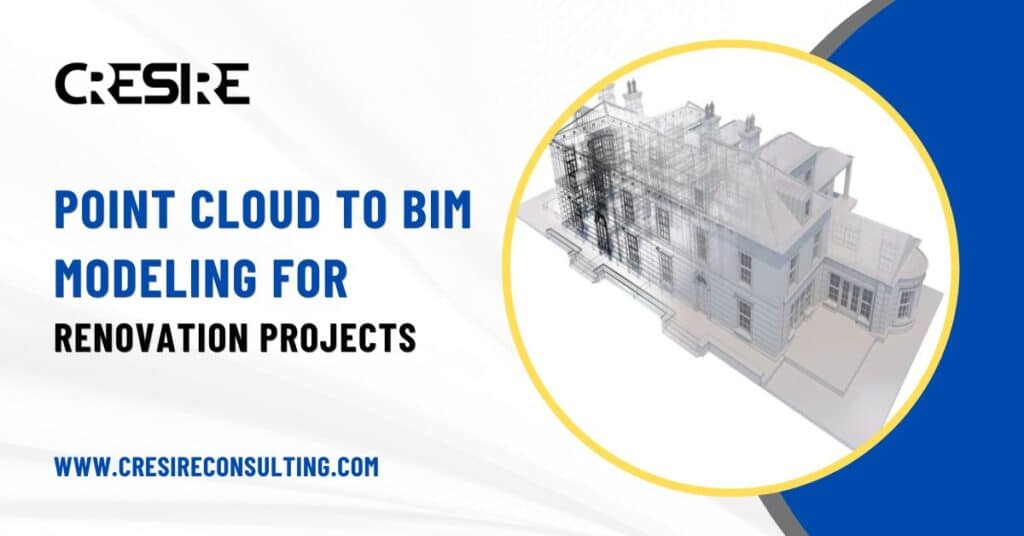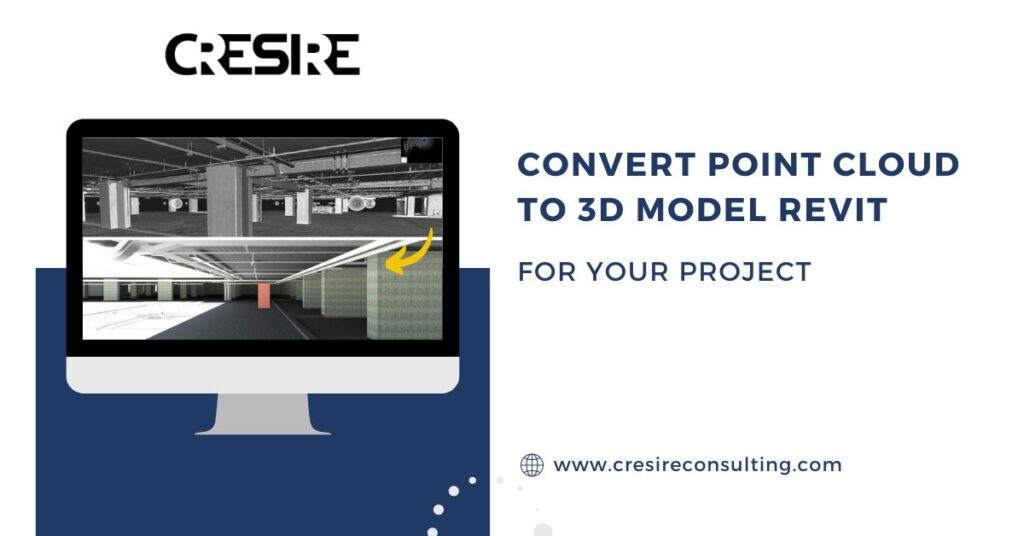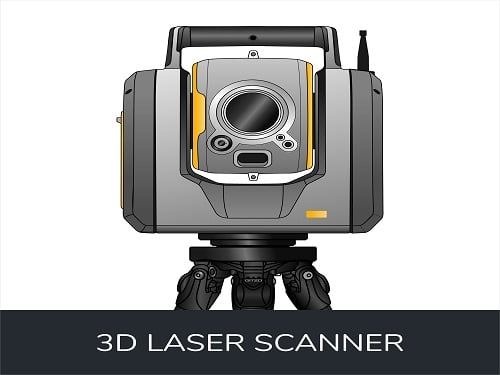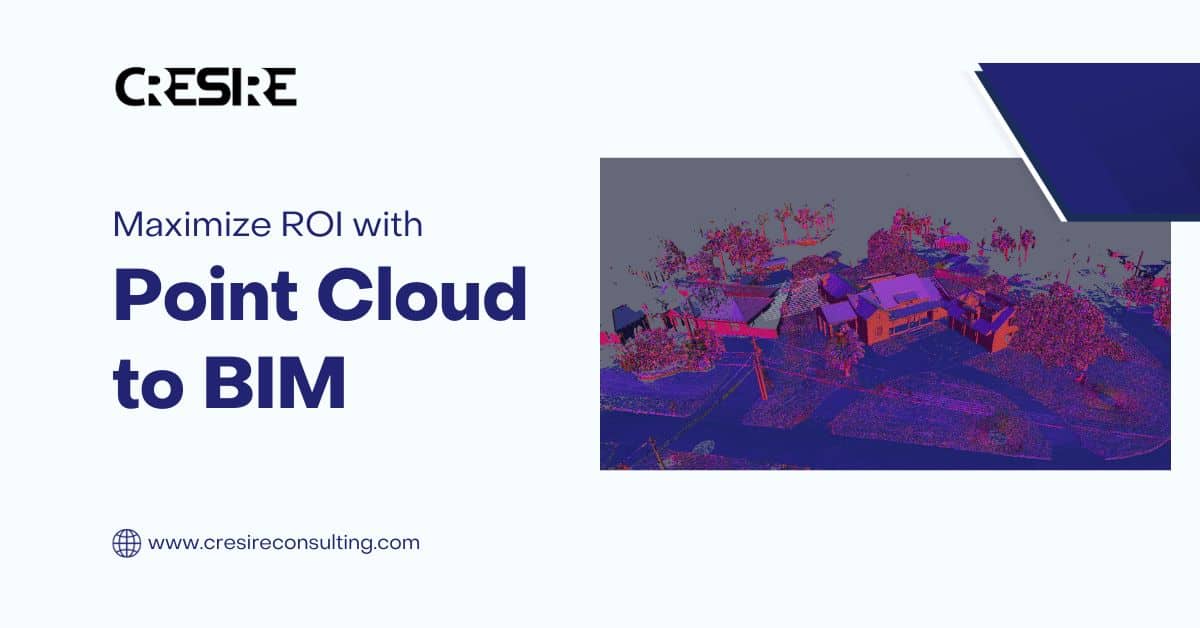Stay updated on the cutting-edge Scan to BIM Modeling technology innovations, enhancing accuracy and efficiency in the AEC industry.
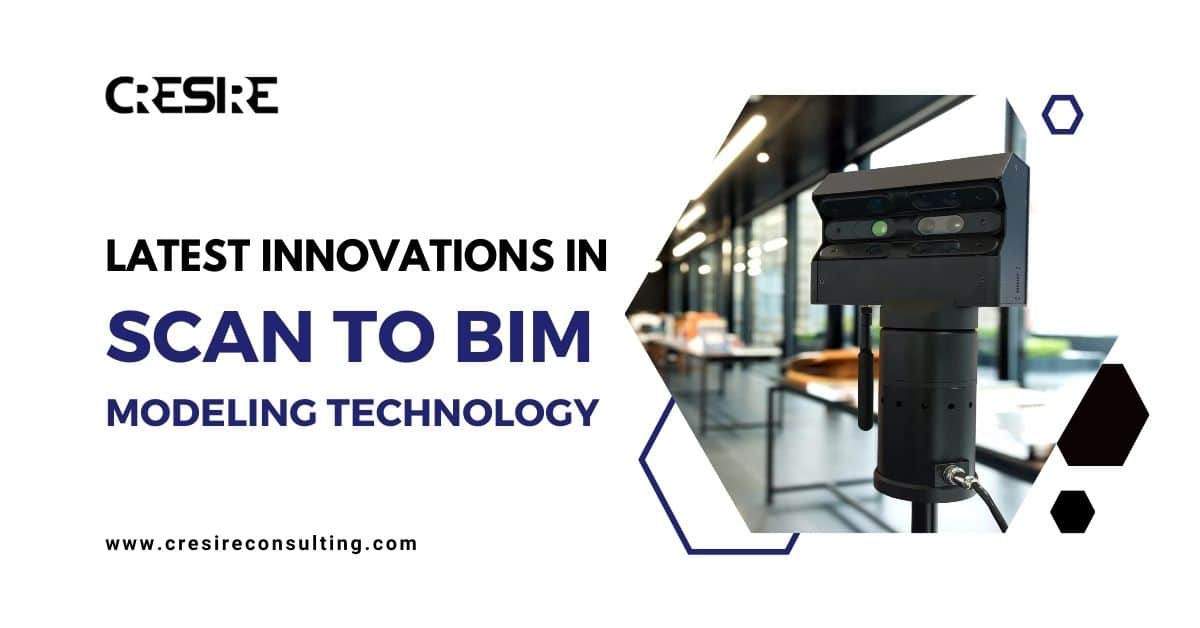
Introduction
In the ever-evolving world of Architecture, Engineering, and Construction (AEC), staying up to date with the latest technological advancements is crucial.
One such innovation that’s making waves is Scan to BIM modeling technology. Also know as Point cloud to BIM Modeling. This cutting-edge solution has revolutionized the way AEC professionals approach their projects, offering enhanced precision, efficiency, and accuracy.
In this article, we delve into the latest innovations in Scan to BIM Modeling Technology, shedding light on how it is shaping the future of the industry.
Streamlined Data Capture and Processing
The foundation of Scan to BIM technology lies in its ability to seamlessly capture and process data from the real world into a digital format.
Recent innovations have led to the development of highly advanced laser scanning equipment and 3D imaging technologies.
These innovations result in faster and more accurate data capture, significantly reducing the time and effort required for this crucial step.
AEC professionals can now scan entire buildings, structures, or environments quickly and effectively, producing detailed point clouds. These point clouds serve as the basis for the BIM model, enabling a precise digital representation of the existing physical space.
The speed and accuracy of this process are unmatched, allowing for smoother project workflows and improved decision-making.
Serving Every Continent
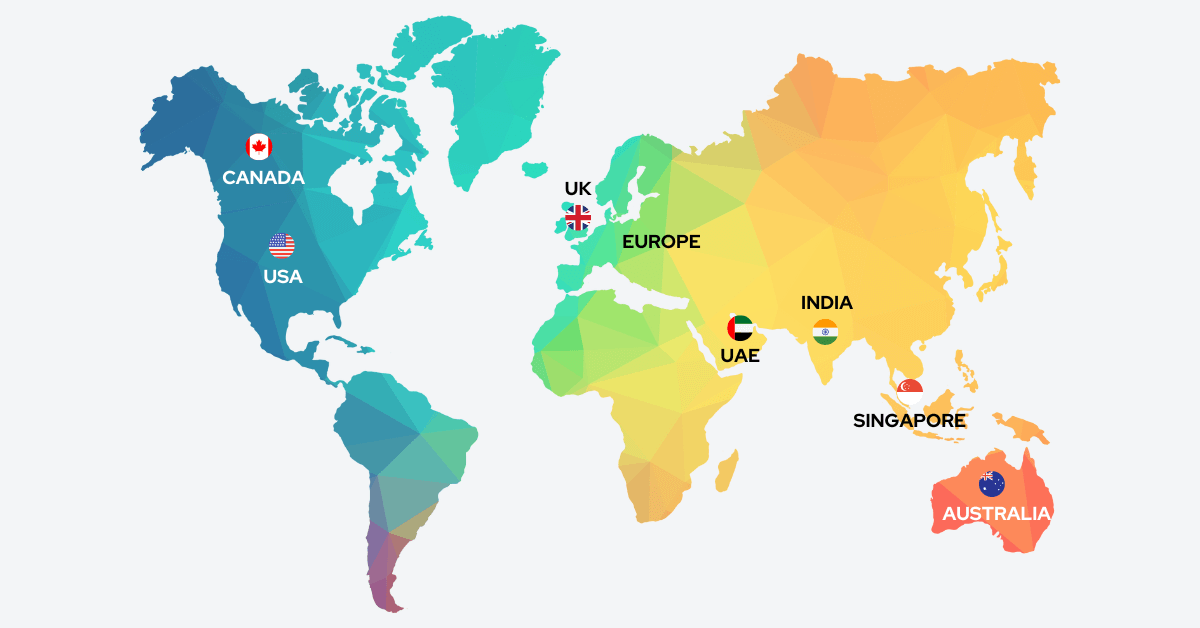
USA & Canada
UK & Europe
Enhanced Automation and AI Integration
The integration of automation and artificial intelligence (AI) into Scan to BIM technology is a game-changer. Automation streamlines the conversion of Point Cloud Data into BIM Models, reducing the manual effort required.
AI algorithms help in recognizing patterns and structures within the data, further enhancing the accuracy and efficiency of the modeling process.
Furthermore, AI-driven predictive analysis can provide insights into potential design flaws or clashes, allowing AEC professionals to address issues early in the project lifecycle.
This results in substantial cost savings and prevents delays, which are crucial in the construction industry.
Collaborative Cloud-Based Platforms
The advent of cloud-based platforms has opened up new horizons for collaboration among AEC professionals.
With Scan to BIM technology, the data captured and BIM models created can be stored and accessed on cloud platforms, making them easily shareable among team members, regardless of their physical location.
This collaborative approach promotes real-time communication and feedback, fostering a more integrated and efficient project environment.
It also allows for easy access to project data, reducing the chances of miscommunication and errors that can be costly in construction projects.
Mobile Scanning Solutions
The portability of Scan to BIM technology has seen remarkable advancements with the introduction of mobile scanning solutions.
AEC professionals can now carry handheld scanners to the project site, capturing data quickly and efficiently.
These portable scanners are lightweight and easy to use, reducing the barrier to entry for professionals who may have previously found scanning technology intimidating.
Mobile scanning solutions are particularly valuable for renovation and retrofit projects, where access to tight or hard-to-reach spaces is often required.
They provide flexibility and speed, contributing to more accurate and cost-effective outcomes.
Also Read, 5 Benefits of Scan to BIM Modeling Services
Improved Clash Detection and Risk Mitigation
The ability to detect clashes and potential issues within a project is a critical aspect of the AEC industry.
With the latest innovations in Scan to BIM technology, clash detection has reached a whole new level of accuracy and sophistication.
Advanced algorithms and AI-powered analysis help identify even the smallest discrepancies within the model, preventing costly errors during construction.
Point Cloud to BIM Modeling innovation greatly enhances risk mitigation, ensuring that potential problems are addressed before they can impact the project’s progress.
The result is increased efficiency, reduced rework, and improved project timelines.
Sustainable Design and Analysis
Sustainability is a central focus in modern construction projects. Scan to BIM technology has evolved to incorporate sustainability analysis, allowing AEC professionals to assess the environmental impact of their designs.
Point Cloud to BIM Modeling provides valuable insights into energy efficiency, material usage, and carbon footprint, helping teams make informed decisions about environmentally responsible construction.
The ability to integrate sustainability factors directly into the BIM model empowers architects and engineers to create eco-friendly structures that meet the demands of today’s environmentally conscious world. Conclusion
Conclusion
The latest innovations in Scan to BIM modeling technology are reshaping the AEC industry in profound ways. Streamlined data capture, automation, collaborative cloud platforms, mobile scanning solutions, improved clash detection, and sustainability analysis have all contributed to a more efficient and environmentally responsible approach to construction and design.
In this dynamic and fast-paced industry, staying at the forefront of technological advancements is essential.
Embracing these innovations of Point Cloud to BIM Modeling not only ensures that AEC professionals can deliver projects more effectively but also paves the way for a more sustainable and responsible approach to construction.
By harnessing the power of Scan to BIM technology, AEC professionals are better equipped to meet the challenges and opportunities of the future, setting new standards for precision, efficiency, and environmental consciousness in the industry.
Related Posts
Share Via
Tags

Devashish Sharma
Devashish is Founder/Director at Cresire where he leads BIM services. He holds a bachelor’s degree in Civil Engineering from the University of Sheffield and an MSc in Construction Project Management from The University of the West of England. His vision behind CRESIRE is to provide BIM services, adhering to best practices and procedures, to global customers, helping customers to save extensive production costs and overruns.
